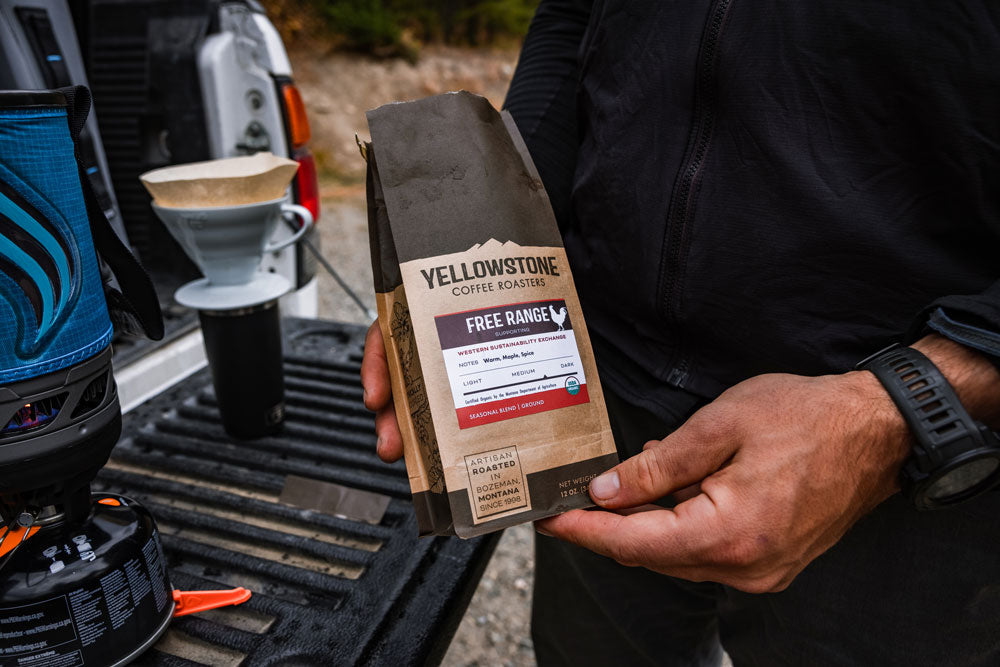The spring harvest season is wrapping up in many regions across Central America. Earlier this month I spent a week traveling across Huehuetenango, Guatemala with our primary importer, Cafe Imports. We spent time at local cooperatives where we sampled dozens of coffees from the fresh harvest and visited farmers and cooperatives that work hand in hand. My travels through Guatemala left lasting impressions. Here are some key takeaways.

Irregular Weather - Tough for Quantity, Great for Quality
Coffee trees flower after multiple days of heavy rain following an extended period of dry weather. This past year, the rain came late and the weather remained irregular through much of the growing season.
Tough growing conditions pushed harvest back weeks, even months in some regions, and resulted in fewer cherries on trees. Some farmers speculated that harvest yields across Huehuetenango were 20-30% lower than average years.
But it’s not all bad news. Because of sparse flowering there were more nutrients available for the cherries that did form. Often, stressful growing conditions prompt trees to focus their energy on producing fewer, but more concentrated and higher quality beans.
The flavor impact was apparent on every table we sampled. The overall quality, particularly sweetness, was as good as we’ve ever tasted from Guatemalan coffees.
Strawberry, fresh citrus, honey, and brown sugar were notes regularly used to describe the flavors and aromas of the fresh harvest.
We’re still weeks away from seeing any of these coffees at the YCR roastery, but when they land, be ready to enjoy.

Independent Farmers Do It Best
The Sierra de los Cuchumatanes is the tallest non-volcanic mountain range in Central America and the predominant area where coffee is grown in Huehuetenango. When you look across the horizon you see mountains, not hillsides. Stacked layers of ridgeline and dense foliage are broken by ravines and gullies cut vertically by water, wind, and time.
This landscape is not suited for industrial agriculture, shortcuts, or machines that shake cherries off trees.
The Sierra de los Cuchumatanes is a place for sure feet and human hands. Most farmers own land that covers just a few hectares. Here they grow coffee that’s sold to local cooperatives alongside the food that will fill their tables the remainder of the year.
We visited two cooperatives: K Finos, a cooperative we've been working with for more than eight years, and Asociación de la Campesina, a newly founded exporter specializing in working with small farms.
Both cooperatives work directly with independent farmers. Their mission is to pay producers a fair wage, discover the best coffees for export, and provide farmers the necessary tools to improve their harvest each year.
Our trust was solidified after days in the lab beside sensory analysts coupled with visits with farmers who showed an eagerness to apply combined of knowledge from expert agronomists and their family’s acute understanding of the land.

Coffee Will Find A Way
Climate change, low wages for farmers, tariffs, and many other factors have raised questions about the future of coffee. My experience in Huehuetenango inspired a confidence that every challenge will be met head on.
I met the son of multigenerational coffee farmers who is growing his family’s business with improved farming practices powered by water that gushes clean from a spring and gravity that transforms cherries to beans.
I met a man who spent his childhood in Guatemala City, moved to The States, and recently returned to a Huehuetenango coffee farm where he’s found new satisfaction in farming and a slower pace of life.
I heard stories about first harvests from high altitude regions where it was previously impossible to grow coffee-an example that the coffee landscape is changing and our responsibility to find ways to adapt.
Ultimately, the future of coffee is in our hands. We, the people who drink it. So long as you continue the ritual there will be folks to grow and roast it.
Are there challenges? Yes, absolutely. But there’s also a common thread between us all. Passion and a collective belief in beginning each day by savoring something that’s delicious, simple, and good.



